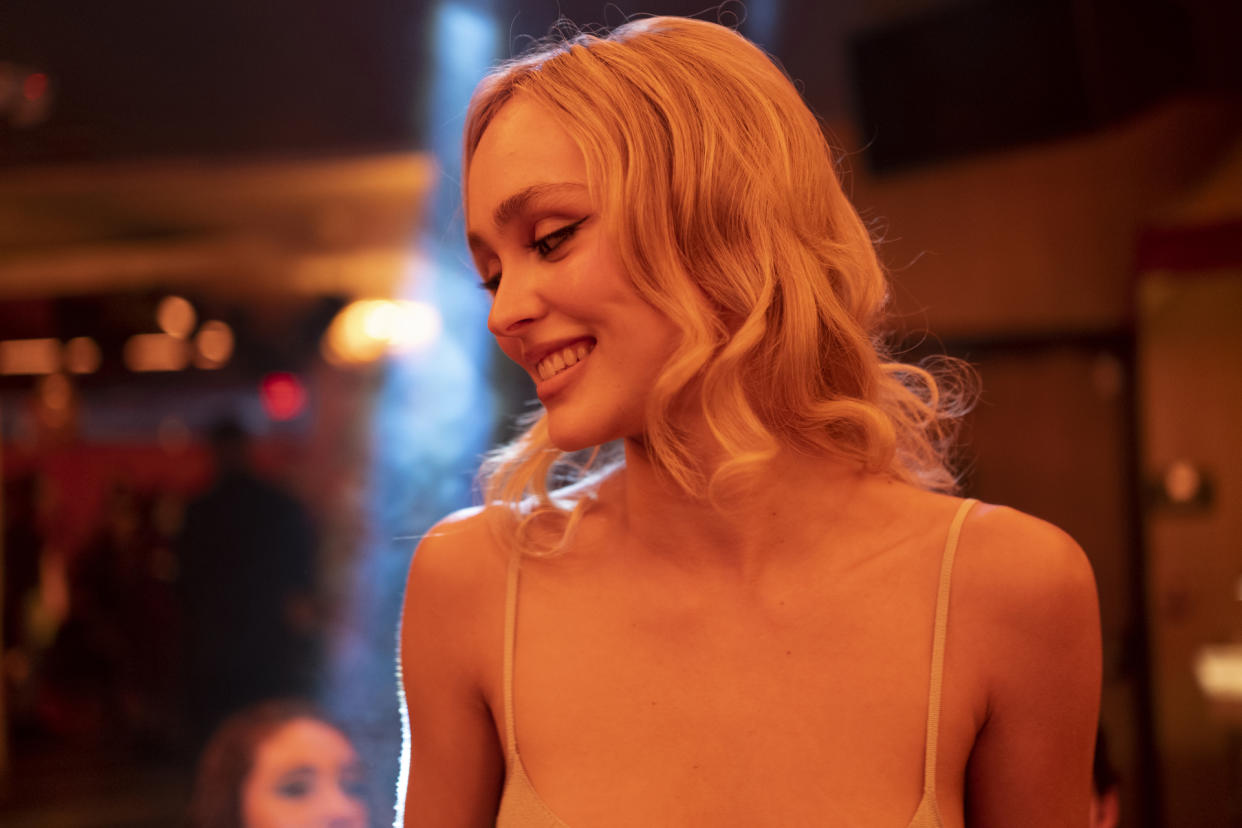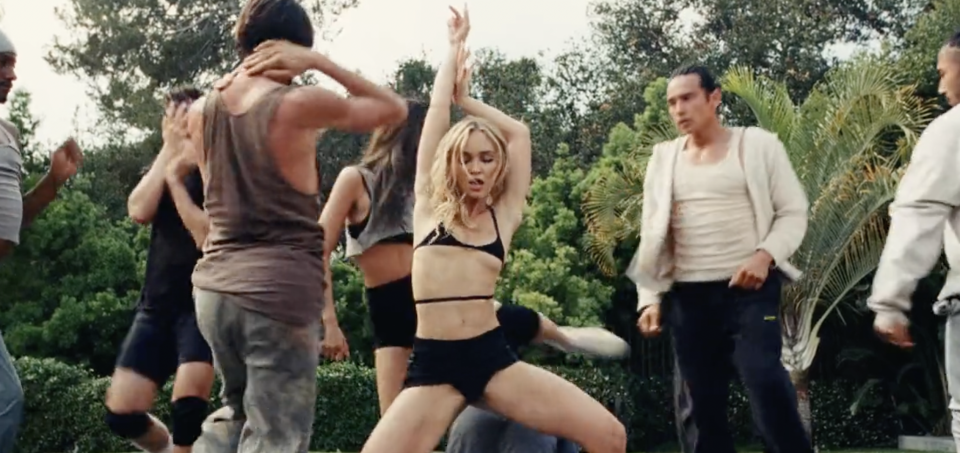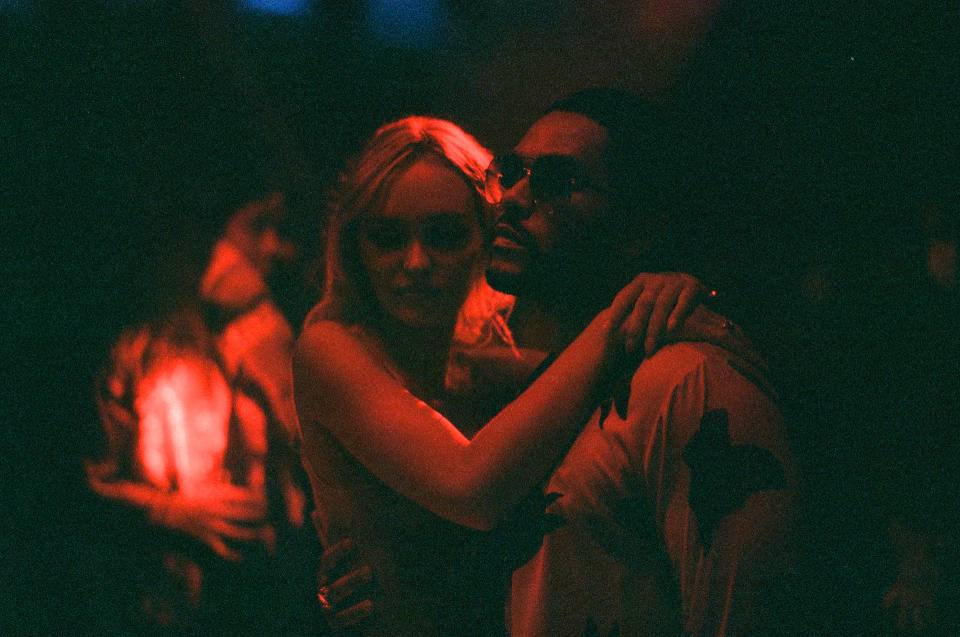‘The Idol’ Owes More to Robert Altman and Reality TV Than to ‘Euphoria’

When HBO’s “The Idol” premiered earlier this month, it quickly became clear to fans of series co-creator Sam Levinson‘s “Euphoria” that they weren’t going to get a continuation of that show’s stylistic motifs. “The visual language is fundamentally different,” editor Julio C. Perez IV confirmed to IndieWire. The change in strategy, from a more intentional single-camera methodology derived from the work of Martin Scorsese and Paul Thomas Anderson to an improvisational multi-cam approach, was dictated by factors both artistic and pragmatic — and it had profound implications for Perez’s work as an editor.
Where “Euphoria” often feels influenced by ’90s masterpieces like “Casino” and “Magnolia” in its elaborately choreographed tracking shots and elegantly crafted compositions, “The Idol” takes its cues from the looser styles of ’70s Hal Ashby and Robert Altman — as well as another influence that might seem surprising coming from a cinephile like Levinson. “Sam locked into a reality TV aesthetic,” Perez said. “He was really interested in the way that type of storytelling is different from a more highly premeditated and articulated version of cinematic storytelling.”
More from IndieWire

For Levinson, the language of reality television, in which action seems to be caught on the fly by multiple cameras rather than designed, provided the proper lens through which to view pop star Jocelyn (Lily-Rose Depp) as someone living her life in the spotlight. According to Perez, there was a more practical rationale as well: Given that the whole series was reshot after an initial version was tossed out, capturing as much footage as quickly as possible was essential. “Sam wouldn’t make the decision merely for that, but it does allow you to get things done on a certain timeframe,” Perez said.
Shooting with two or three cameras instead of the one typically used on “Euphoria,” combined with the greater degree of improvisation not just in terms of the dialogue but in terms of the blocking, meant Perez and his collaborators were faced with a mountain of footage. “The shooting ratios were comparable to the documentary work I’ve done in the past,” Perez said. “Sam was not just trying to capture lightning in a bottle, but lots of little bottles of lightning from scene to scene. When you take two or three cameras capturing improvisation, and certain discoveries are elaborated upon and explored, the footage starts to become voluminous.”
Luckily, Perez had a few touchstones to guide him through each scene. “The fulcrum of the show is the tension between Jocelyn and Tedros,” Perez said. “So right there you have a major decision that’s been made from an overarching or structural point of view.” The trick to the editing was finding the nuances and gradations in the constant power shifts between the characters, a challenge Perez embraced. “There was a delicate balance in every glance by Jocelyn, every facial expression. We were deeply focused on subtleties that people might miss on first viewing, and there was a lot of modulation of the power dynamics and sexual politics between Jocelyn and Tedros. Could it have gone a lot of different ways? Absolutely.”

The ambiguity of the relationship and the question of how much agency Jocelyn has in any given scene have led to a lot of online debate and controversy related to the series, but Perez embraces the complexities and shifts in perspectives that some viewers have trouble comprehending. “In commercial storytelling, if you do it without tension, you’re dead,” he said. “It doesn’t matter what genre you’re in. If you had an overt and obvious understanding of exactly where Jocelyn’s at from frame one to the end of Episode 5, the show would be dead in the water, just boring. It’s carefully constructed to give you the experience of sometimes being on a ride with Jocelyn, sometimes on a ride with Tedros.”
The number of options available to Perez both in terms of calibrating the relationship and figuring out which takes to use from hours of footage meant that his first cuts were longer than any other hour-long series he ever edited. “My first cut of Episode 1 was an hour and 45 minutes,” he said, adding that co-editors Nikola Boyanov, Aaron I. Butler, Julie Cohen, and Aleshka Ferrero were all essential in finding a final shape for the series. “People hear that more footage means more work, but they don’t really understand it. They don’t understand what it means on the ground. But it is a profound difference when you have more footage that is spontaneous and improvisatory. So I’m super grateful to [the other editors] for their input, their attitude, and their blood, sweat, and tears. And I’m super proud of what we did as a team.”
Best of IndieWire
Sign up for Indiewire's Newsletter. For the latest news, follow us on Facebook, Twitter, and Instagram.